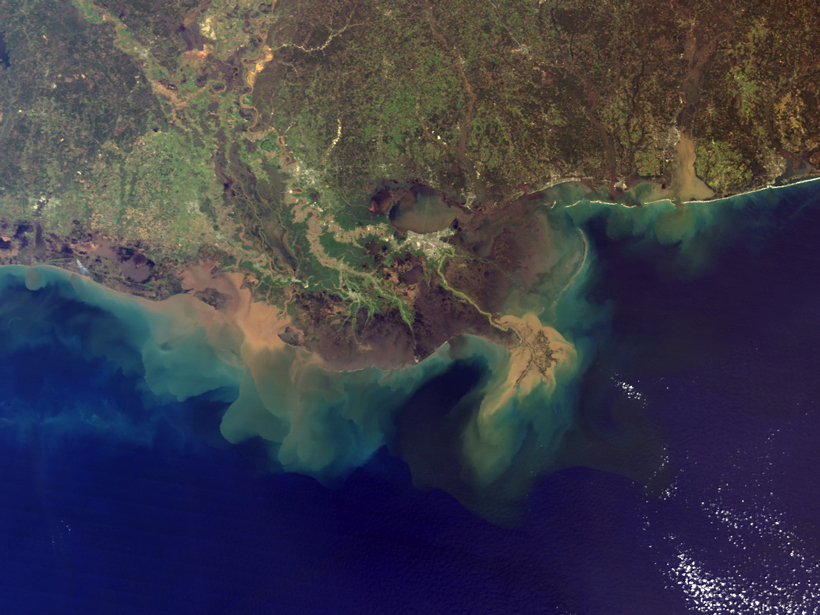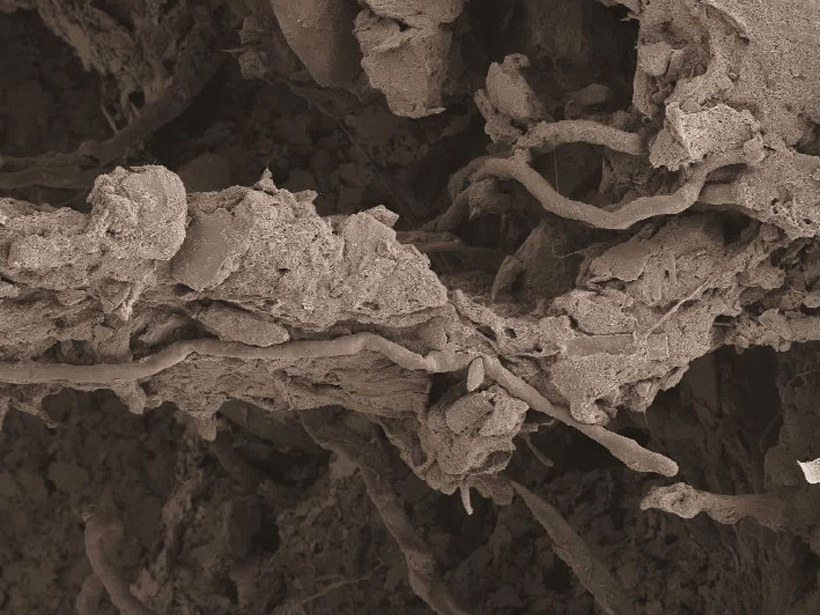Overpumping and other activities that affect groundwater levels could combine with increased nitrogen runoff to amplify threats to human and environmental health.
nutrients
Tracking Nitrogen in Arctic Plants
Prevailing nutrient uptake models do not fit Arctic plants. Scientists test a new option that overcomes older models’ shortcomings.
What Proportion of River Nutrients Reaches the Open Sea?
Results of the first geographically based estimates of river nutrient supply indicate that 75% of dissolved nitrogen and 80% of phosphorus reach the open ocean.
Arctic Survey Hunts for Missing Nitrogen and Phosphorus
A new survey of ocean waters flowing in and out of the Arctic may shed light on how dissolved organic nitrogen and phosphorus contribute to nutrient cycling in the Arctic.
Drifting Floats Reveal Nitrate Patterns in Mediterranean Sea
Next-generation autonomous platforms allow scientists to understand physical mechanisms that control nitrate availability in the Mediterranean surface water.
Using Acid and Physical Force, Fungi Burrow Through Rock
Scientists observe the step-by-step process by which a fungus attacks a mineral to extract vital nutrients.
Glacial Meltwater Features Depend on Glacier Type and Location
With climate change, some glaciers will melt faster than others, altering the proportions of nutrients in meltwater and changing downstream ecosystems.
More Acidic Oceans Could Reduce Fertility for Algae Eaters
New research shows that increased levels of carbon dioxide in the oceans cause changes that alter key nutrients essential to the reproduction of animals low on the food web.
An Unprecedented View of Biogeochemistry off India's West Coast
Yearlong study reveals seasonal changes in oxygen levels, nutrient availability, and plankton growth.
The Importance of Atmospheric Nutrients in the Earth System
Aerosol Impacts on Global Biogeochemical Cycles; Leeds, United Kingdom, 8 July 2015









